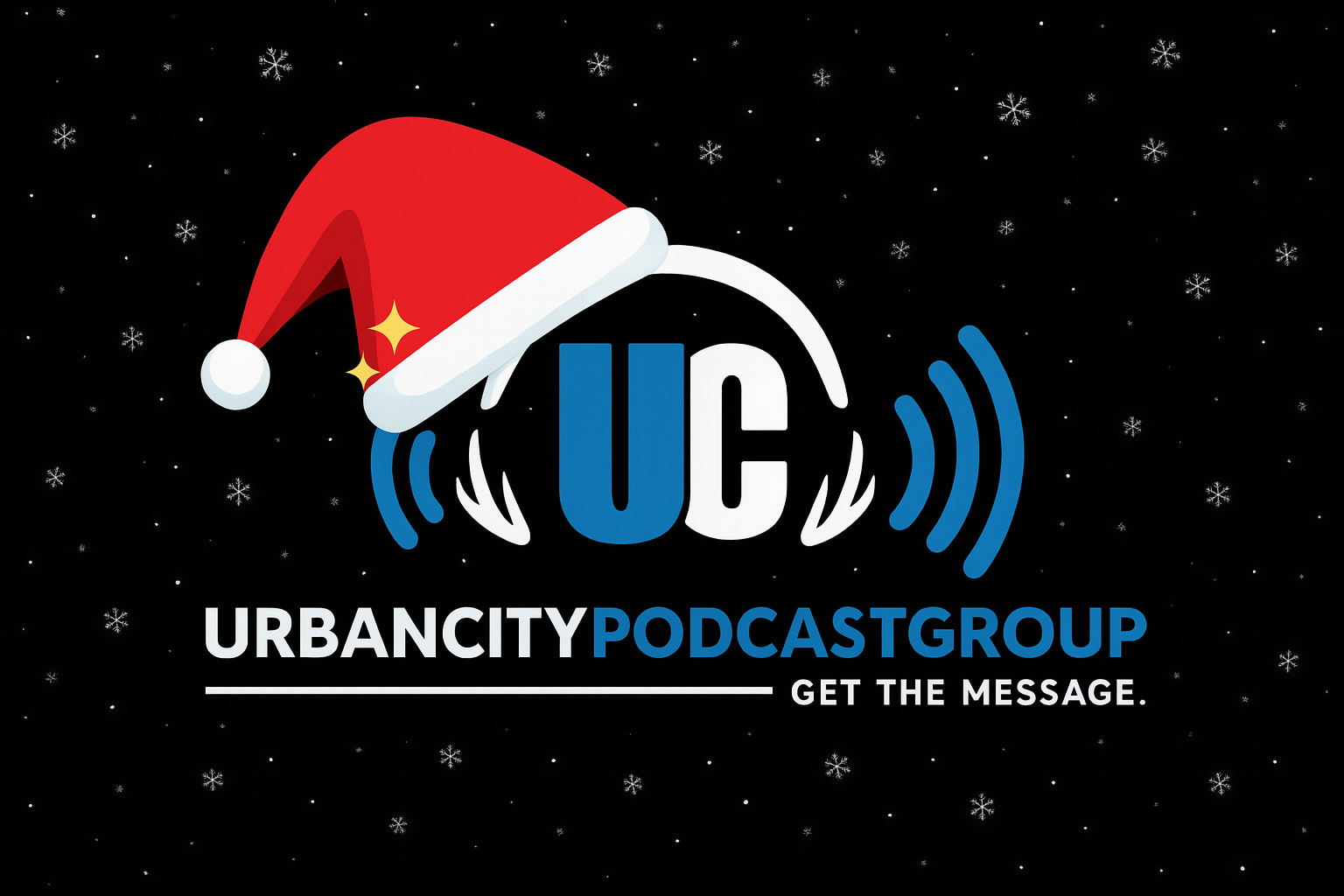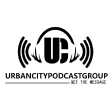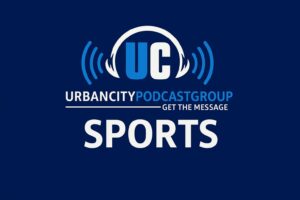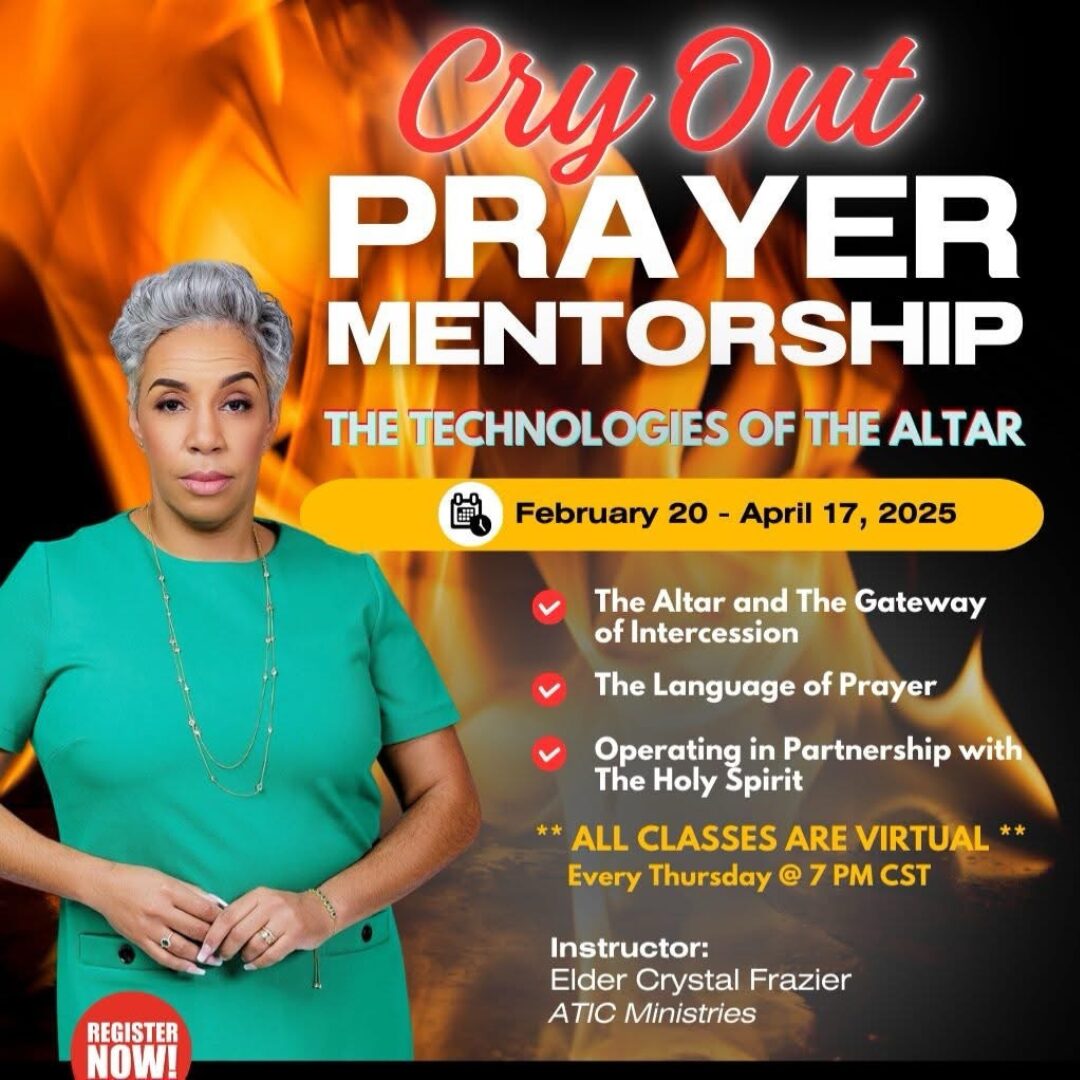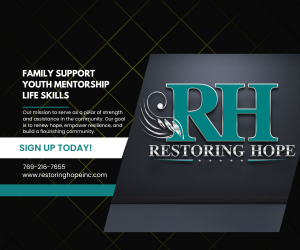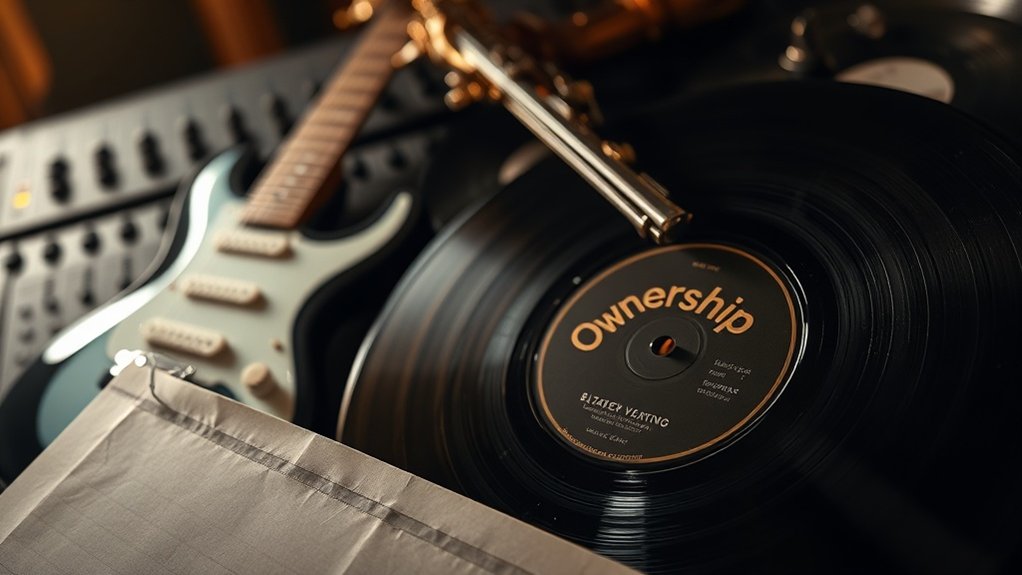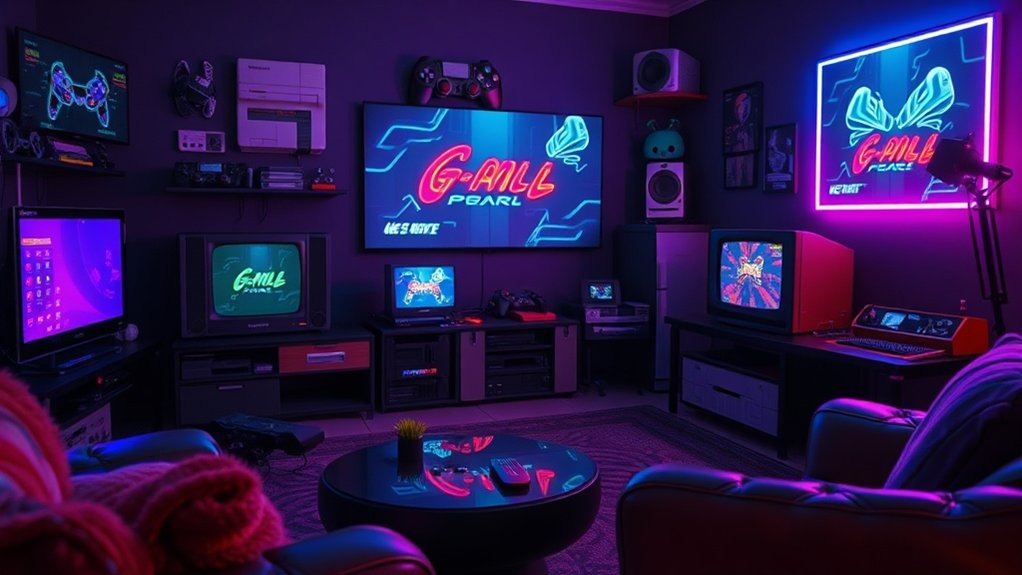You’re listening to Radio Health Journal, the trusted news source for medicine, science and technology. I’m Elizabeth Westfield. I’m Mayan Vastabetancourt.
You kind of spend the day carrying around your cardiac monitor to solve heart attacks with and then you go on all these calls for people who really need a lawyer and a social worker. All that and more this week on Radio Health Journal. Here’s comedians and sketchers getting comfortable presented by Hands Free Sketchers Slip-In.
Hey I’m Bobby Slayton. I’m here with my pal, comedian, and Sketchers ambassador, Mr. Howie Mandel. Why did it take so long to invent something as amazing as slip-ins? Maybe because all the inventors were focused on more important inventions, you know, like pet rocks and selfie sticks and of course seedless watermelons.
You know, real important inventions. But I know it seems simple, but it took sketchers to invent a better pair of shoes. Yep.
With Sketchers slip-ins, you just step it and go. You don’t have to touch your shoes and you do not have to bend down. And we know how much you hate bending down.
Hey, hey, hey, careful Howie. Family commercial. And by the way, slip-ins are for the whole family.
Men, women, and kids. In all your favorite Sketchers styles, from sneakers, to casual shoes, to boots, and even sandals. See, that’s what I love about Sketchers.
They don’t discriminate on gender, age, or shoe orientation. Even sandals deserve the best technology. We’ve come a long way, Bobby, as a society.
Yeah, well speak for yourself, Howie. And by the way, you can find Sketchers slip-ins at a Sketchers store, sketchers.com, or wherever stylish footwear is sold. There’s no typical day when it comes to being a paramedic.
As Joanna Sokol writes in her new book, A Real Emergency, Stories from the Ambulance, each shift runs a fine line of organized chaos that occasionally dips into absolute mayhem. And whether she’s actively rushing to a case or finally getting a moment to breathe, that front cabin of the ambulance is Sokol’s command center. We go to work in the morning, we sign on and pick up our ambulance, and then we’re sent out to various parts of the city.
And in some slower rural areas, they actually have stations where they get to hang out. But in most busy urban areas, you’re literally physically in the ambulance for 12, 15 hours just driving around the city. And in between calls, you’re either parking on street corners or you’re driving to other parts of the city.
Sokol says there’s almost never time for a break. They have to jump at every rare opportunity to eat, rest, and use the bathroom. And then at the end of our day, when we’re really, really tired and dehydrated and we’re ready to go home, usually at that point they’ll tell us, I’m so sorry, we’re low on ambulances, we’re going to need you to hold over.
And then we go run like three more calls. And then eventually we make it back to station and we change out our equipment and finish up our charts and we go home and come back and do it again the next day. Despite what’s shown on television, the high demand isn’t often created by life or death emergencies.
Instead, Sokol says a majority of her time was spent helping people with minor medical problems. We’re out there dealing with the elderly. We’re working with homeless people, with people who have mental health, chronic medical issues.
They’re calling us for the third time today because they just fell and they’re stuck behind the bathtub again. Or they’re unhoused and they’re hungry and they’re just trying to get sandwiches from the ER. And so they’re calling us for blankets and sandwiches.
We really run a lot of medium level, very slow, sort of busy primary care, health care social work kind of stuff. Sokol says they’ll get a true emergency every now and then, but those are far and few between the typical calls. However, this reality doesn’t line up with the training paramedics go through and can leave some medics with a bad taste in their mouths.
And so there’s this really big tension in ambulance work today because you get a lot of people who sort of feel like they’re supposed to be just running on critical emergencies. And to be fair, those are the calls that we have equipment for and we have training and we actually know how to do. But instead, we spend most of our day dealing with folks who don’t have insurance and their prescription ran out or they’re drinking too much and they need help with the alcohol or they’re using fentanyl and they’re stuck out on the street or they don’t have access to food or clean water.
You know, those are the calls we’re actually running. And unfortunately, we don’t have the equipment or the tools to deal with those calls in a way that’s effective. So it becomes really challenging as a provider because you kind of spend the day carrying around your cardiac monitor to solve heart attacks with, and then you go on all these calls for people who really need like a lawyer and a social worker.
Being armed with the wrong tools sets these medics up for failure. Every day they do their absolute best to help the community, and most days their best isn’t good enough. They’re constantly falling short in a career where failing has direct impact on another human’s life.
People often ask us what the hardest part of the job is, and I think they’re always expecting me to talk about death and dying and trauma and pediatrics. And to be fair, those calls are very hard. When young people die, it’s really brutal.
It’s awful. But for me personally, the hardest part of the job by far wasn’t actually these individual traumas and deaths. The hardest part was going into these situations, doing the absolute best that you can and knowing it’s not good enough.
Just over and over again, having to sit with your patients who have some horrific quality of life, some awful ongoing chronic medical problem. We know what kind of care they need. They’re not able to get it because it’s too expensive or it’s too far away or it doesn’t exist yet.
And just having to sit with them. Sokol says that an unexpected part of her job is to simply be a witness for people, to sit beside someone during one of the hardest moments of their life, and be able to offer nothing more than acknowledgement and human connection. And for me, carrying that around was much, much harder than carrying around the like individual traumas and deaths and really sad things that we saw.
It was those calls where you’re just not able to help. And you’re like, well, this is going to continue to suck, but you know, here’s a blanket. After living through years of this daily struggle, Sokol wondered how the field had turned into this, a sort of purgatory of semi-private, semi-public health services that had too many responsibilities to truly be effective in one area.
We all kind of have this sense that EMS is not what it’s supposed to be today. You know, that we’re running all of these calls. We’re not getting paid enough.
We’re super overwhelmed. When did that start? And I started to look back and I interviewed people who were older and more experienced than me. And I read all the history I could find.
And I kept thinking I was going to find the start date. You know what I mean? Oh, it all started when there were cell phones or it all started due to economics. And the farther back into history I reached, the more I saw that ambulances have always been overwhelmed.
They’ve always been underpaid. She came across a story from the early 1900s where the New York ambulance program was in a fight with local police. The medics complained that the cops were taking advantage of them and making them go pick up drunk people off the side of the road.
And the ambulance hospital who owned the ambulance was saying, hey, you got to stop calling us for this. We have to save our ambulances for real emergencies. And this was back in the horse and buggy days.
I mean, this was before motors. We had they were like, our horses need to rest. And the cops were like, no, no, no, we need your help dealing with these drunks.
And that was 130 years ago. You know what I mean? And I read that and I burst out laughing. I ran to work and I read it aloud to all my friends and everybody totally lost their minds about it.
And it’s just like we’ve been dealing with this stuff since ambulances got invented. Which may not be a comforting message, but Sokol did find some validation and camaraderie in the fact that she was going through many of the same struggles her predecessors had. Unfortunately, this shared experience isn’t enough to make up for the overwhelming challenges paramedics face, like the current workforce shortage.
In general, we get paid really poorly. We get treated really badly. So not so the amount of people that want to do the job is less and less every year.
The job is really confusing and hard. It is very rewarding, too. I really, really loved it.
But it’s really hard to do past your 30s because it’s so physically demanding. Not to mention the mental toll of sleep deprivation, compassion fatigue and PTSD. Sokol included the perspectives of various paramedics and EMTs in her book, many of which talk about mental health.
And though there’s been a good effort to address these concerns, Sokol thinks that there may be other, more pressing issues to look at first. I’m really happy that it’s starting to happen, but no amount of therapy is going to make up for the fact that I’ve been awake for 48 hours. You know, we’re working these really long hours in San Francisco where I spent the bulk of my career.
We actually made pretty good money. But the median wage for paramedics in the U.S. is twenty five dollars an hour. So they’re working crazy amounts of overtime just to try to survive.
We’re getting held over. We’re working nights. We don’t have rest breaks.
We don’t have bathrooms. We don’t have stations. You’re just getting your butt kicked all day long.
You sleep when you can. But often, if you’re working a 90 hour week, you get five, six hours a night, you’re doing the best you can just to stay afloat. And then it’s like you’re reading some PowerPoint presentation about mental health that’s like, make sure you talk to a therapist about your trauma and don’t drink and don’t drink too much caffeine.
And it’s so incongruous with the real physical, logistical demands of the job. So while it’s great that there are efforts being made, they’re meaningless if the systemic problems continue to run rampant. In general, Sokol says it really all boils down to expanding worker rights and protections.
It’s not about the money, but if you do pay us more, then we could afford to pick up less overtime and sleep more. We could get more workers. There could be a little bit more competition, but shifts that end when they’re supposed to.
Hospitals not holding ambulances stuck on the wall, waiting for a bed for five hours so we can’t get out and run calls. I would like to see, theoretically someday, I’d love to see some legislation passed that would let ambulances turn around at the hospitals faster so we don’t get stuck on the wall for a few hours. That would let medics go home at the end of their shift instead of getting held over for hours with no warning.
That would require, you know, the occasional break for us for rest and bathroom or help us get back to where we have stations so that we actually can get out and take a break during the day instead of being stuck in the front cabin ambulance for 12 to 16 hours or 24 sometimes, you know. And so for me, that’s what it would look like. It would just look like good old fashioned labor protections.
Some steps are being taken to move towards this goal. For instance, last year, the Federal Labor Board made a historic decision to allow paramedics to form unions independently when working for private hospitals. The hope is that separating the needs of this group from other hospital employees will emphasize the unique issues of their profession and give them direct negotiating power for better working conditions.
Still, it will be a while before all of these core issues are addressed. But despite the long, hard hours of an often thankless job, Sokol found it hard to say goodbye. It’s hard and it’s exhausting and it’s frustrating.
And yet through all of that, it’s incredibly fun. You’re driving around the city. You’re going to all these different places.
And every once in a while, you really do get to help people. And it’s not necessarily the code saves. You know, we do those.
Those are cool. Yeah, we got to pull us back. But the fun calls are folks who are diabetic and they’ve slipped into a diabetic coma and you give them sugar and you wake them up and then you got to make them a sandwich so that their sugar doesn’t drop again.
So you’re puttering on their kitchen, making them a sandwich, you know, or grandma called because her oxygen tank’s broken. And so you’re kind of grumbling about that. You fix her oxygen tank and then you notice all her groceries are out in the kitchen because she can’t put them away herself.
So next thing you know, you’re putting away grandma’s groceries and you’re being with your partner. It’s this camaraderie that Sokol says got her through each day, though her grandfather may have wanted Sokol to follow his path and become a surgeon. It quickly became clear that she had found a family in emergency medicine.
I have never laughed so hard in my life as I have with a group of paramedics at four in the morning when you’re just totally burned out and everything is silly and you’re all pounding energy drinks, you know, and half of them are chain spoken and you’re in some like dirty alleyway somewhere. And the stories are absolutely not appropriate to repeat on a national radio show. I don’t even think I could get through the first sentence without like more profanity than is allowed.
But we’re just you doubled over laughing. And and when you do have those hard days, when you’re completely falling apart, you think you can’t do it anymore. One of your buddies shows up with a box of doughnuts and next thing you know, you’re back at it.
This bond is such a foundational aspect of Sokol’s time as a paramedic that it bleeds through each chapter of her book, which she thought would be a bunch of stories about patients and cases turned into a book about the medics, giving them space to feel heard and appreciated. I’m so impressed to this day by all the people that I worked with and I I wrote this book for them. You know, I want them to read it and feel a little bit validated.
I want them to see that they’re not alone. I want them to see that people are out there fighting. Maybe we can make it better.
Maybe we can’t. But we are in this together. And hopefully some people will hear our stories and I don’t know, vote for us to get bathroom breaks.
Sokol’s book, A Real Emergency, is available now wherever books are sold. You can find more information about Joanna Sokol and all of our guests on our website, RadioHealthJournal.org. For more behind the scenes, follow Radio Health Journal on Facebook, Instagram and X. Our writer producer is Kristen Farah. Our executive producer is Amir Zaveri.
I’m Elizabeth Westfield. Coming up, how to teach kids about pain when Radio Health Journal returns. Well, it’s you, the Capital One bank guy.
That’s what they call me. Mind if I get a selfie? Yeah, sure thing. Say no fees or minimums on your Capital One checking account.
Wow, that’s a keeper. So where are you heading? I’m off to spread the good news that Capital One helps people keep more money in their wallet with no overdraft fees. You’re the best Capital One bank guy.
Hey, mind if I get a selfie? Sure. Say Capital One, what’s in your wallet? Terms apply. See CapitalOne.com slash bank for details.
Capital One and a member FDIC. I can’t believe how spotless my floors look after using the Swiffer Power Mop. No more dragging around a heavy mop and messy bucket.
Now I get the same deep clean without all the work. Thanks to the powerful solution and scrubbing pad of the Swiffer Power Mop, dirt and grime don’t stand a chance and I don’t break a sweat. Mic drop.
I mean, mop drop. A smarter way to mop. Try it or your money back.
At what point do growing pains cross the line into something more serious? A lot of aches in childhood are dismissed or ignored altogether, assuming kids will get over it in a day or two. Unfortunately, this common belief can be dangerous for kids experiencing chronic pain. Last week, we discussed why understanding pain is crucial for proper treatment, which is why there’s been a growing push to educate the public on pain function and management.
Dr. Tanya Palermo, a professor of anesthesia and pain medicine at the University of Washington School of Medicine, says pain education is so much more important than most people realize. So what pain science education really does is it really provides that understanding of, in particular, pain that persists. What are all the different processes? How can someone take more agency in being a part of the solution? And no matter what treatment someone is being offered, that education is the springboard for having them feel empowered to engage in that treatment, whether it’s physical therapy, whether it’s psychological treatments.
So that educational piece is so important that there has been a lot of attention around, you know, how do we not just give people information, but how do they actually learn it in a deeper way so that they can provide and construct some solutions for themselves? And again, being better empowered and being able to work with their health care providers. Palermo also directs the Center for Child Health Behavior and Development at Seattle Children’s Research Institute. She says this concept is especially important when it comes to childhood pain.
I think in childhood in particular, what we worry about are a couple of things. One is pain is often hidden, and this is across the lifespan, but particularly in children, we worry because they can be more easily dismissed. They don’t have the verbal skills or autonomy that adults have in communicating with health care providers.
Children’s pain is often invalidated. There’s a misperception that children are healthy and shouldn’t have persistent pain. There were some unfortunate terms used previously, like growing pains that implied that children should grow out of pain and should not have this level of maybe intensity of pain in childhood.
So there’s been, unfortunately, a poor history of children’s pain being ignored. This choice to overlook or underestimate a child’s pain can be detrimental. Research shows that chronic pain during childhood often follows that person throughout their life.
This is both a continuation of the same pain that they had in childhood for many, for over half of children. But it also, for some children, their pain resolves, but the risk factors are still there. And there may be a later point in adulthood where there’s an emergence of chronic pain again.
In addition to the hardships that come with dealing with pain on a daily basis, Palermo says that this experience as a kid can have profound socioeconomic impacts later in life. Children who grew up with chronic pain are less likely to have a college degree, actually less likely to have a high school diploma. They’re more likely to have what we call kind of short term non-benefit positions as jobs.
So there are real continued impairments that can continue into later adult life that affect social mobility and economic status in adulthood. Which is why it’s so important to properly educate parents and kids about pain to minimize these downstream risks. And though this education has been around for decades, recent studies show that medical professionals need to include more of the common teaching principles to increase its effectiveness.
We know just giving people information doesn’t change your behavior. I mean, you can give someone a handout about what they should be eating in terms of trying to encourage them to lose weight. We know that doesn’t work.
And the same is true for pain. You can’t just hand someone a flyer giving them facts about pain. So you need to have it be more active of a learning process.
And so there’s been a lot of movement more recently to take some educational psychology principles around really having someone be more active in learning. So you’re and this is usually not done in one time point only. It needs to be repeated.
And the learner, in this case, it’s more complex because it’s the parent and the child, and they both need to get there in their own way just to understand chronic pain so that they can both be active participants. Along with active learning, research is showing that peer interaction can be a helpful tool in making sure this knowledge is fully understood. But despite the growing body of literature and evidence in favor of these techniques, Palermo says it’s underutilized.
To start, she says that we should be much better at identifying kids who need treatment. In the space of identification, we need to make better use of our ability to identify children from electronic medical records who have certain risk factors. Again, we know some of the vulnerabilities.
We know that having anxiety and depressive symptoms, having certain social and family factors, certain history and early life of stress or pain are really important predictors of the likelihood of having chronic pain in childhood. We could use a lot of the AI large data kind of predictive models and better identify children from their visits to primary care and specialty care providers and flag providers and alert them to the fact that this child’s probably at risk and needs to be screened and types of treatments that could be considered. But even if we start utilizing technology to increase this early screening, there’s still an issue of treatment access.
Pain programs are extraordinarily limited for pediatric populations. There’s about 55 in the entire U.S. So that means most states have one pediatric pain program that’s interdisciplinary and can treat complex chronic pain. So the vast majority of children with chronic pain do not receive that level of care.
And instead of putting a bunch of money into building more facilities, Palermo thinks an easier option would be to shift this care away from a clinical setting to more accessible options like telehealth. We can scale things and make them accessible in the home. We can also be more creative about community assets that we can tap into, whether it’s through schools, whether it’s through other community based organizations and programs where in the case of kids, where kids are.
And how can we then use a better range of services so that, again, it shifts it away so it’s not all based in clinics that don’t have the capacity to see the number of children and families who need this type of care. As we wait on these improvements, we can capitalize on the current resources available to take control of our own health and treatment. Seattle Children’s Pediatric Pain and Sleep Innovation Lab offers a mobile app called Web Map Mobile that provides pain management and education resources.
You can find more information about Dr. Tanya Palermo and all of our guests on our website, RadioHealthJournal.org. For more behind the scenes, follow Radio Health Journal on Facebook, Instagram and X. Our writer producer is Kristen Farah. Our production manager is Jason Dickey. I’m Greg Johnson.
Radio Health Journal returns in just a moment. What’s the best place to shop this summer? Macy’s. It’s our first ever Star Deals Week.
Six full days of store wide savings on everything you want. From shorts and swim to fine jewelry, all up to 50% off. Plus home updates from hotel collection, green pan and more up to 60% off.
Not only that, shop Macy’s.com for new flash deals every day that everyone will love. No membership required. So don’t miss Star Deals Week and Sunday at Macy’s.
Savings off of Macy’s. Already reduced prices. Exclusions apply.
Jose stands tall atop his sustainable flooring company. Totally. It’s renewable and moisture resistant, but we have several green options too.
Or we got some beautiful reclaimed oak. But floored by his success, he needs to hire more installers. I need Indeed.
Indeed you do. When you sponsor a job on Indeed, it’s easier for talented candidates to find it, which makes it easier for you to hire them. Visit Indeed.com slash credit and get $75 towards your first sponsored job.
Terms and conditions apply. I’m still going for it. Even with higher stroke risk from atrial fibrillation and a regular heartbeat not caused by a heart valve problem.
Over a three year study, Eloquus Apixipan tablets reduced stroke risk better than Warfarin and over 97% of Eloquus patients did not experience a stroke. A first stroke occurred in 2.9% of Warfarin patients versus 2.3% of Eloquus patients. Don’t stop prescription Eloquus without asking your doctor.
Stroke risk may increase. Eloquus can cause serious and potentially fatal bleeding. Don’t take if you have an artificial heart valve, abnormal bleeding, or antiphospholipid syndrome.
While taking, you may bruise more easily or bleed longer. A spinal injection increases blood clot risk, which may cause paralysis. Get medical help right away for unexpected bleeding or bruising, or back pain, tingling, numbness, muscle weakness, or incontinence.
Aspirin products, NSAIDs, SSRIs, SNRIs, and blood thinners increase bleeding risk. Tell your doctor about planned medical or dental procedures. Learn more at Eloquist.com or call 1-855-ELOQUIST.
Medical Notes this week. A lack of sleep in early life is a recipe for failure. Late nights for teens and younger kids may do more harm than just next day drowsiness.
New research published in the journal Brain and Behavior shows that poor sleep is linked to changes in brain regions tied to processing, self-reflection, and decision-making. A good night’s rest is critical for emotional regulation and impulse control. It’s grilling season, but do you know how to cook safely? The CDC reports that 48 million people get food poisoning each year.
Here’s how to lower your risk. The common culprits are cross-contamination and undercooked meat. So make sure you’re using separate prepping tools and using a thermometer to monitor the internal temperature of the meat you’re cooking.
Also, practicing good hygiene will help keep summer barbecues safe and healthy. And finally, staying positive could be more powerful than we think. A study published in the Journal of Research in Personality reveals that optimistic people experience less stress and recover faster from stressful events.
The researchers suggest that fostering optimism might help guard against the harmful effects of chronic stress. And that’s Medical Notes this week. I’m Mayan Vos, Tibetan Court.
And Sunday at Macy’s. Savings off already reduced prices. Exclusions apply.
Are you wet shaving? You’ll get razor bumps. Nah, pops. I’m good with Gillette Skin Guard.
How long you been growing that beard mama hates anyway? Since 77. I shaved and got ingrown so bad. That’s why I use the Gillette Skin Guard razor, face scrub, shave gel, and moisturizer.
So I don’t have to worry about new razor bumps or shaving irritation. Gillette Skin Guard, huh? Your mama’s gonna love this one. The best a man can get keeps getting better with Gillette Skin Guard.
Buy now at a retailer near you. Thank you for joining us this week and every week as we break down the science stories you need to know. You can find all of our past segments and guests on our website, RadioHealthJournal.org, or wherever you listen to podcasts.
Follow us on Instagram, Facebook, and X for daily content. And tune in next week for another edition of Radio Health Journal.
